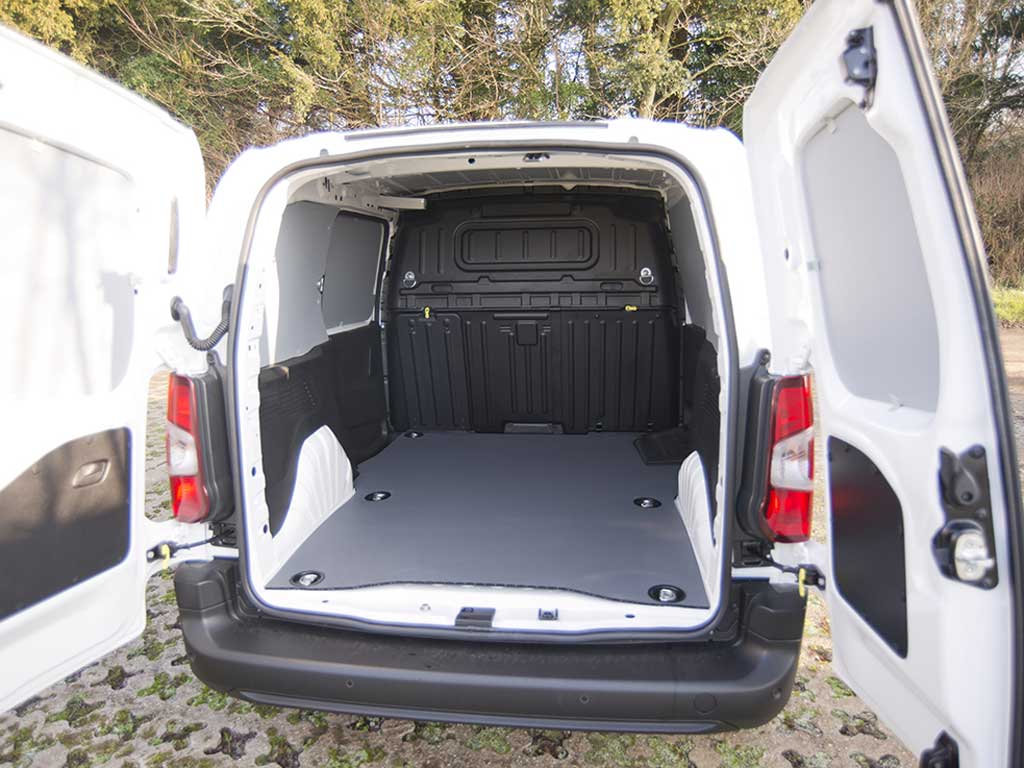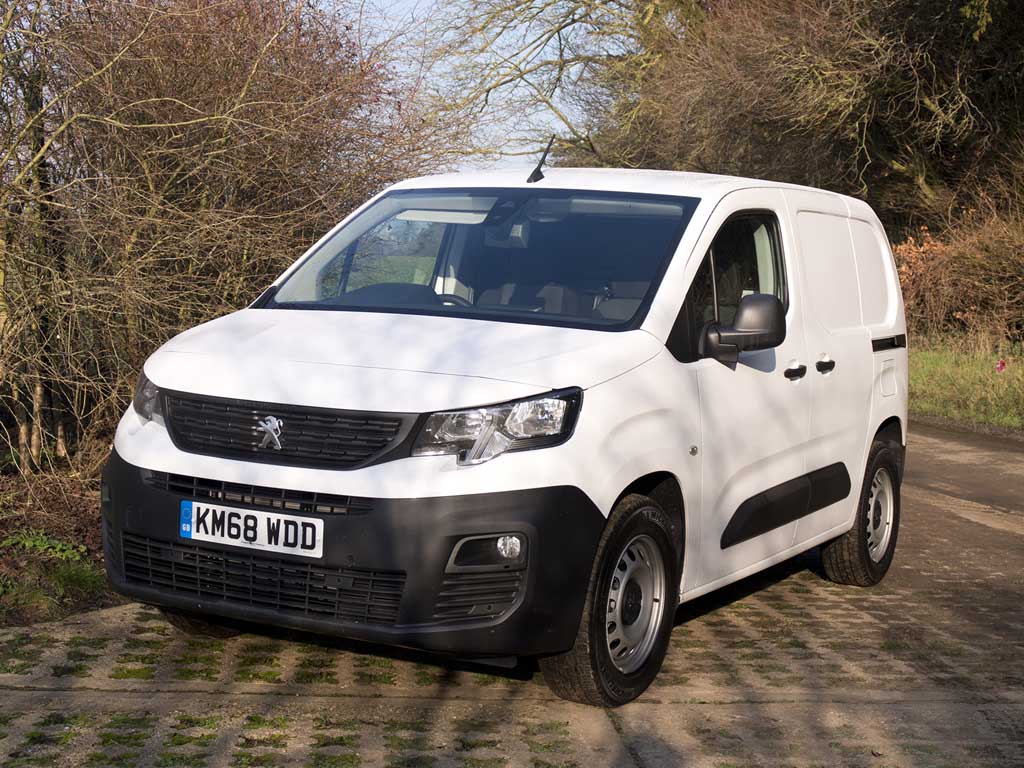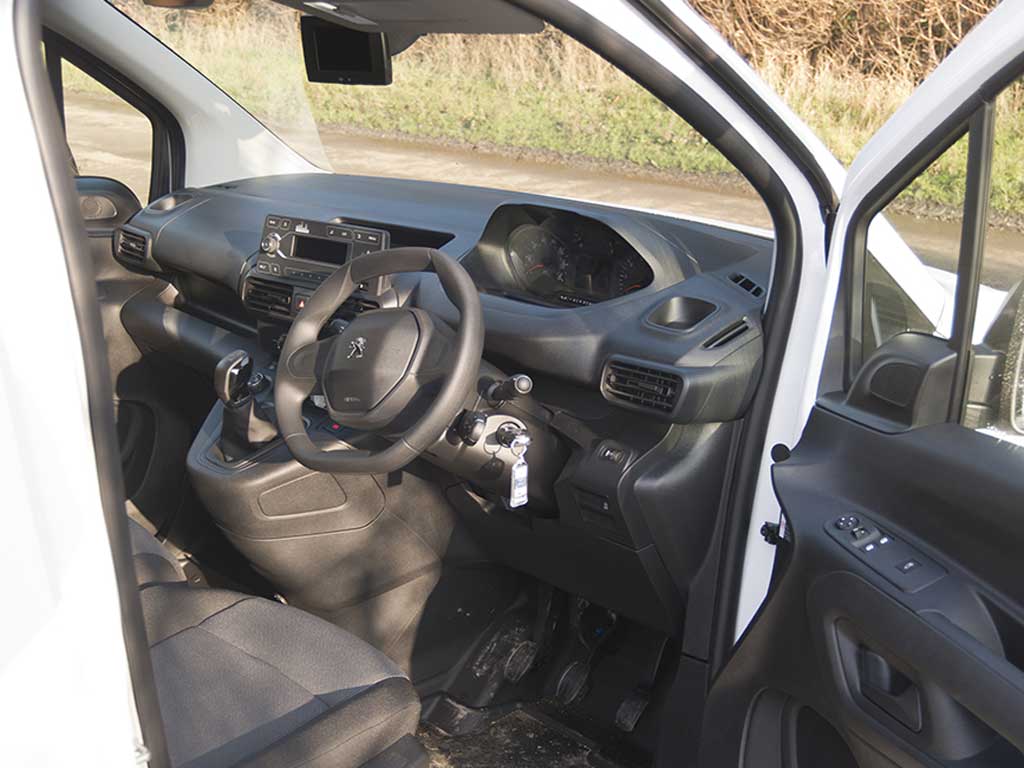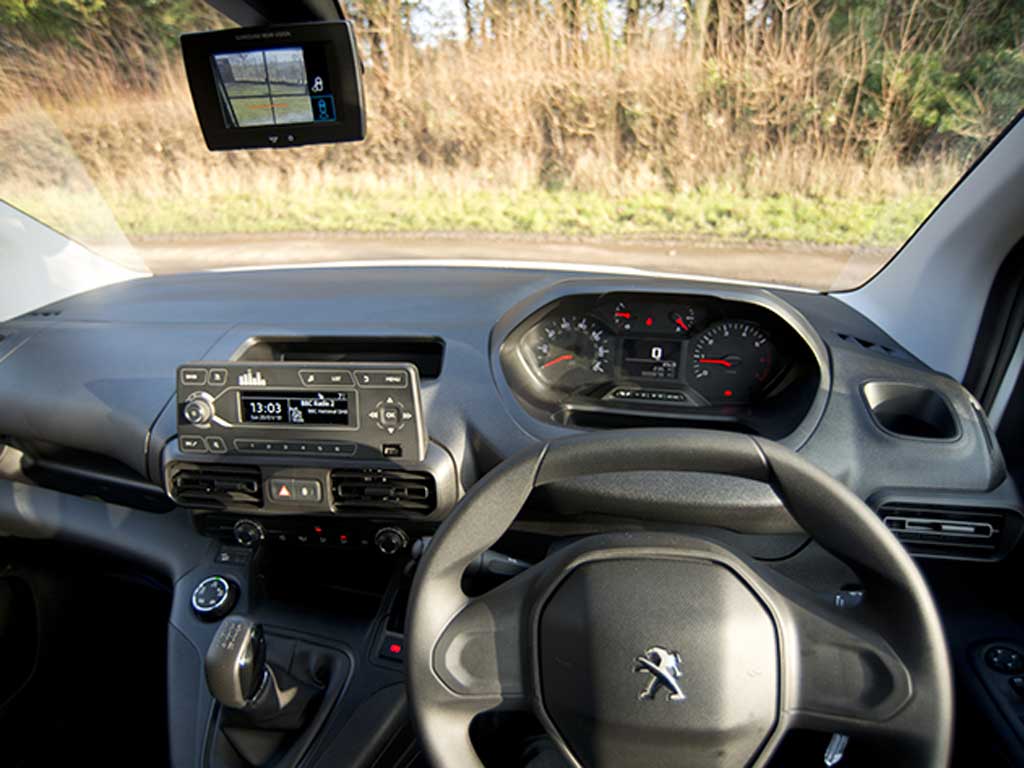With extra ride height and enhanced traction, the Partner Grip is ideal for site work, says Dan Gilkes.
Leafing through the brochure for the latest Peugeot Partner, there certainly seems to be something for everyone. With Partner now based on PSA’s EMP2 chassis, which also forms the basis for many of the group’s SUVs and people-carriers, the compact vans are more car-like than ever.
They also benefit from a host of optional electronic driver assistance and safety systems, capable of turning the humble LCV into a smart office space or, in long-wheelbase form, a high-volume delivery vehicle.
There is still a model for those who don’t need all of the latest electronic gadgets though, for businesses that require a tough, hard-working van capable of handling anything that can be thrown at it. That model, in the Peugeot line-up, is called the Partner Grip.
It is based on the S trim level, which includes remote central locking, a full bulkhead, electric windows and door mirrors, auto headlights and daytime running lights, along with a DAB radio with Bluetooth and a single sliding side door.
To that, the Grip van adds PSA’s electronic Grip Control with Hill Descent Control, underbody protection, a tyre pressure monitor, 16” steel wheels with Michelin mud and snow tyres and an additional 30mm of ground clearance. It also comes with a more comfortable driver’s seat, the Multi-Flex folding passenger seat with load-through bulkhead, front fog lights with a cornering function, additional load securing rings and LED lighting in the load area.
Grip Control is an electronic system that optimises traction, whatever the terrain. The driver has a rotary control in the cab to select road, snow, off-road and sand settings and the system does the rest. It’s not all-wheel drive, but with the rugged tyres and extra height, it should get you across a construction site or along a forestry track without any problems.
The Grip specification is available with the 75hp or 100hp engines in the shorter L1 model, or with the 100hp engine in the L2 van. It only boasts five forward ratios, but the 100hp van handles longer distances, cruising happily on the motorway and tackling cross country mileage with ease. Despite its all-terrain pretensions, it also rides and handles well.
The van offers an impressive payload of 1,050kg, with a standard load volume of 3.3m3. This can be extended to 3.9m3 with the Multi-Flex seat and bulkhead hatch.
Our test van also featured optional Surround Rear Vision, which puts a 5” monitor where the rear-view camera would normally sit. This is fed by both rear and passenger side cameras,
delivering three views that can be toggled between. This includes using the monitor as a standard rear-view mirror, offering a blind spot monitor down the passenger side of the van and as a reversing camera when manoeuvring. At £975 it’s not a cheap option, but it does work very well.
The Verdict
The Partner Grip should appeal to those fleets looking for a go anywhere van, with real carrying capacity.





